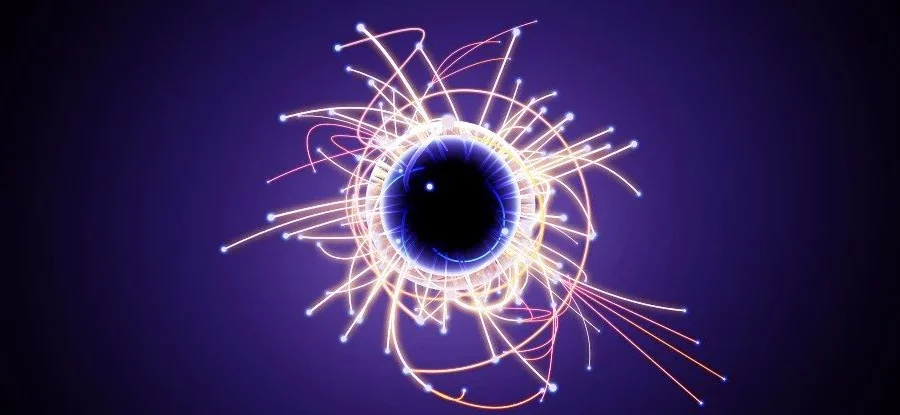Physicists has discovered a new particle – or previously undetectable quantum excitation – known as the axial Higgs mode, a magnetic relative of the mass-defining Higgs Boson particle, the team reports in the online edition of the journal Nature.
The detection a decade ago of the long-sought Higgs Boson became central to the understanding of mass. Unlike its parent, axial Higgs mode has a magnetic moment, and that requires a more complex form of the theory to explain its properties, said Boston College Professor of Physics Kenneth Burch, a lead co-author of the report “Axial Higgs Mode Detected by Quantum Pathway Interference in RTe3.”
Theories that predicted the existence of such a mode have been invoked to explain “dark matter”, the nearly invisible material that makes up much of the universe, but only reveals itself via gravity, Burch said.
Whereas Higgs Boson was revealed by experiments in a massive particle collider, the team focused on RTe3, or rare-earth tritelluride, a well-studied quantum material that can be examined at room temperature in a “tabletop” experimental format.
“It’s not every day you find a new particle sitting on your tabletop,” says Kenneth Burch, a Boston College physicist and the lead co-author of the study announcing the discovery of the particle.
Burch and his colleagues caught sight of what’s known as an axial Higgs mode, a quantum wiggle that technically qualifies as a new kind of particle.
Like so many discoveries in quantum physics, observing theoretical quantum behaviors in action get us closer to uncovering potential cracks in the Standard Model and even helps us hone in on solving some of the remaining big mysteries.
“The detection of the axial Higgs was predicted in high-energy particle physics to explain dark matter,” says Burch.
“However, it has never been observed. Its appearance in a condensed matter system was completely surprising and heralds the discovery of a new broken symmetry state that had not been predicted.”
It’s been 10 years since the Higgs boson was formally identified amid the carnage of particle collisions by CERN researchers. This not only ended the hunt for the particle but loosely closed the final box in the Standard Model – the zoo of fundamental particles making up nature’s complement of bricks and mortar.
With the Higgs field’s discovery, we could, at last, confirm our understanding of how components of the model gained mass while at rest. It was a huge win for physics, one we’re still using to understand the inner mechanics of matter.
While any single Higgs particle exists for barely a fraction of a second, it’s a particle in the truest sense of the word, blinking briefly into reality as a discrete excitation in a quantum field.
There are, however, other circumstances in which particles can bestow mass. A break in the collective behavior of a surge of electrons called a charge density wave, for example, would do the trick.
This ‘Frankenstein’s monster’ version of Higgs, called a Higgs mode, can also appear with traits that aren’t seen in its less patchwork cousin, such as a finite degree of angular momentum (or spin).
A spin-1 or axial Higgs mode not only does a similar job to the Higgs boson under very specific circumstances, it (and quasiparticles like it) could provide interesting grounds for studying the shadowy mass of dark matter.
As a quasiparticle, the axial Higgs mode can only be seen emerging from the collective behaviors of a crowd. Spotting it requires knowing its signature amid a wash of quantum waves and then having a way to sift it out of the chaos.
By sending perfectly coherent beams of light from two lasers through such material and then watching for telltale patterns in their alignment, Burch and his team uncovered the echo of an axial Higgs mode in layers of rare-earth tritelluride.
“Unlike the extreme conditions typically required to observe new particles, this was done at room temperature in a table top experiment where we achieve quantum control of the mode by just changing the polarization of light,” says Burch.
It’s possible there could be plenty of other such particles emerging from the tangle of body parts making up exotic quantum materials. Having a means of easily catching a glimpse of their shadow in the light of a laser could reveal a whole litany of new physics.
Source
Published: 08 June 2022 – Axial Higgs mode detected by quantum pathway interference in RTe3

